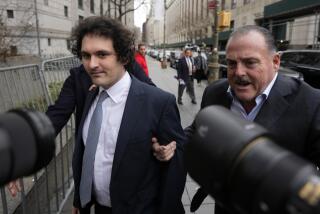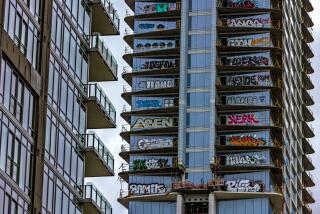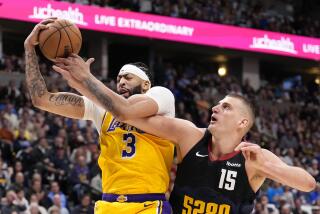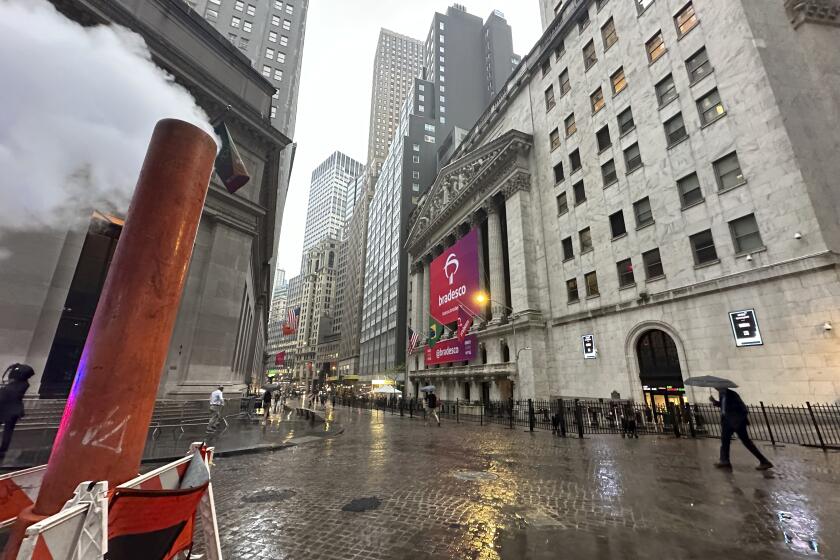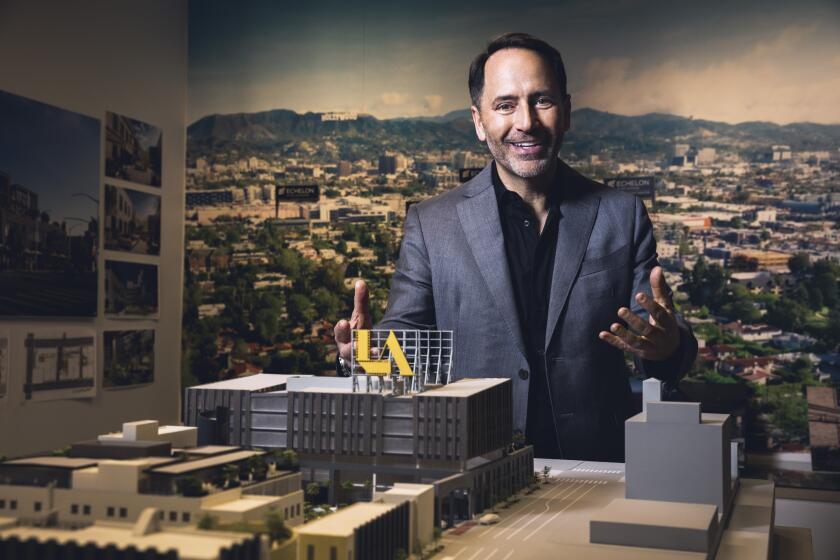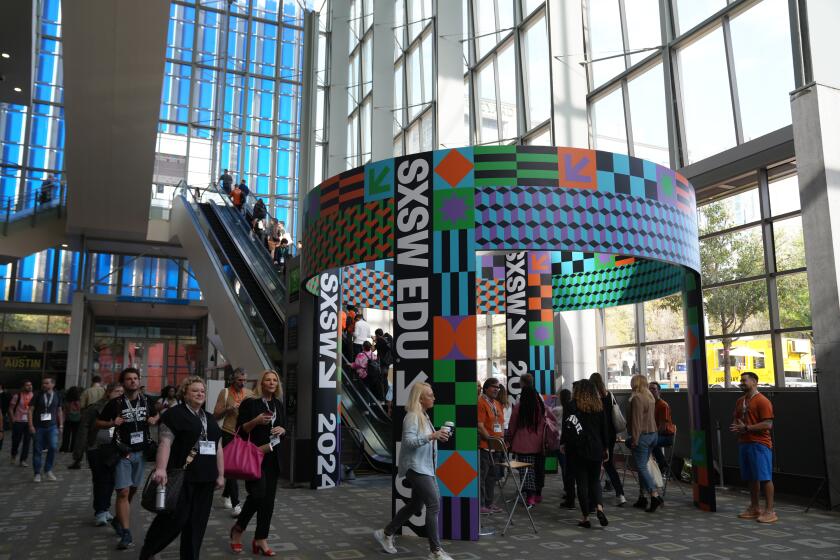Vintage Benzes receive royal treatment in Irvine
Imagine a used-car dealership with six-figure sticker prices, an inventory older than you are and access to parts that have been out of production since the early 20th century.
That pretty well sums up the Mercedes-Benz Classic Center in Irvine, a 26,000-square-foot, multimillion-dollar shrine to all things Benz.
It’s a place where you can get an oil change for a 1955 300 SL sports car (the one with the famous gull-wing doors) or parts for a 1964 220 SE coupe. Or tour a museum stocked with a few dozen historic Mercedes-Benz automobiles and browse the inevitable gift shop for a miniature model of that Benz you always wanted but couldn’t afford.
If you’re in the market for a set of “pre-owned” wheels, wander the showroom stocked with vintage Mercedes -- like the burgundy 1928 630 Saoutchik open-top touring car, originally owned by a Mr. Brandt of San Francisco and selling for the low, low price of $775,000.
For those on a budget, there’s a fully restored 1955 190 SLR going for $125,000.
Mercedes executives claim the Classic Center is the only facility of its kind in the country, and they may be right.
Other high-end automakers such as BMW, Porsche and Ferrari put a lot of emphasis on catering to owners of their older, classic cars and operate elaborate parts-and-restoration facilities in Europe. None but Mercedes has opted to open a full-fledged support center for its classic car customers in the U.S.
In the rarefied and mercurial world of luxury car collecting and restoration, it was seen as a risky move on the part of the German automaker, one of whose founders, Karl Benz, is generally credited with building the first true automobile in 1885.
“It seems to me a reasonably good idea, but I’ve never seen it work yet,” said Bob Mosier, renowned classic car restorer and owner of Mosier Restoration Inc. in Inglewood. “But if anybody can pull it off, it’s Mercedes.”
With average monthly sales of one car and a service department geared toward cars that are at least 20 years old, the Classic Center obviously isn’t intended to function as a true dealership. Director Mike Kunz sees it more as an elaborate advertisement for his company’s products.
“We don’t sell new cars out of this facility,” Kunz said, “but that’s our purpose: to provide a compelling argument for customers” to consider Mercedes when buying a new car.
In terms of location, Orange County was an obvious choice. More new Mercedes cars are sold in Southern California than anywhere else in the world and five of the 10 biggest Mercedes dealerships are in Los Angeles and Orange counties. The region is home to more than half of the 540,000 vintage Mercedes cars on the road in the U.S., Kunz said.
Kunz grew up in New Jersey but his German heritage -- his parents immigrated after World War II -- shows in his insistence that everything in his domain be just so, from the spotless repair bays to the miniature model displays in the showrooms.
“That’s how you get customers,” said Kunz, a 23-year Mercedes vet whose fluency in German helped him land his first job with the automaker translating owners’ manuals and repair guides.
“If it looks like a dump, it shows your attitude toward your work. We don’t operate that way. We’re clinical.”
Kunz said the Classic Center had been a success since opening its doors in June 2006, although there were a few bumps along the way.
Despite having a state-of-the-art paint shop, he had to farm out his painting jobs at first because he couldn’t find a qualified auto painter. (A shortage of expert craftsmen is a common complaint among Southern California auto restorers.) The work wasn’t always been up to Kunz’s exacting standards, although he recently was able to hire a skilled paint-smith.
Kunz can get parts for any Mercedes-Benz car ever built, either drawn from the company’s stockpile of factory-built original parts or fabricated using the library of engineering specifications and drawings the carmaker has meticulously maintained throughout its history. That helped when, for example, a Huntington Beach collector brought in a rare 1894 Mercedes-Benz Mylord for some mechanical work.
The company’s passion for record keeping supports another Classic Center service: the sale of $125 “birth certificates” attesting that a classic Benz is indeed a classic and not a look-alike rebuilt with nonstandard parts. In addition to an extensive archives search, Kunz said, the certification process can involve metallurgy tests to determine, for example, whether the frame is really made of “old iron.”
According to Kunz, that obsession with authenticity carries over to the center’s restoration work. They’ll make some concessions to safety, such as installing halogen bulbs in a 1936 230 Cabriolet B to improve driver visibility. “But would we do something that looks weird? No.”
In other words, don’t expect to pimp your ride here. Kunz recalled his reaction to the guy who wanted 20-inch wheels on his 1964 220 SE coupe: “We wouldn’t do it.”
Or take the bias-ply tires that came as original equipment on the 300SL. Although they are generally considered to be inferior to today’s radial designs, modern tires just didn’t look right on the classic ‘50s sports car. So Mercedes commissioned Dunlop to produce tires that look like bias plies but are actually radials.
All of this doesn’t come cheap, of course. Those 300 SL tires, made only in small batches, cost $480 apiece. And a full-blown restoration can easily cost more than $100,000.
Even a passion for the past has its limits, however. Becker Electronics, which has supplied radios to Mercedes for decades, produces a unit that’s virtually indistinguishable from the vintage models -- except, of course, that you can play your iPod through it.
--
